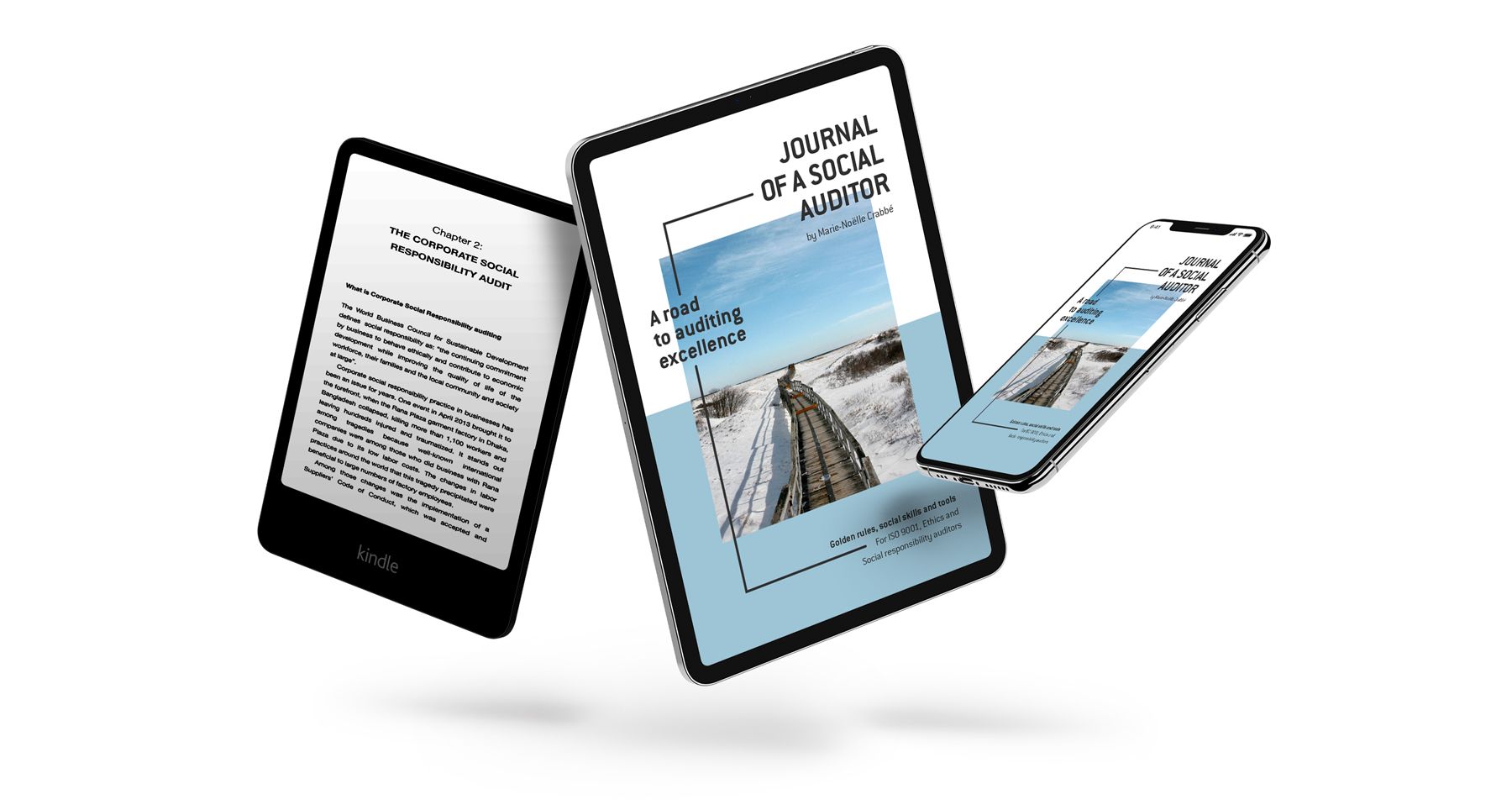
Chapter 20: Social skills

Social skills presented in the previous chapters are revisited here to clarify their singularities and how they help face conflictive situations. After an introduction of social skills, positive and negative traits are presented showing how our own behavior affects our ability to interact with others. The goal is to discover useful tools and learn to apply them in any context.
1. Introduction to social skills
Social skills are competencies facilitating positive interactions with people and complementing technical or hard-skills acquired through training. […]
So, what are social skills or ‘personal attributes’? They cover a vast territory and some are presented here, including: ethics, emotions, feelings, behavior, fear and self-awareness.
2. Ethics
The role of ethics was introduced in section two as a recently emerged corporate value. Ethics have been part of daily lives for centuries but were not often recognized. […]
Ethics found new grounds of support in 2011 when UN Principles were published and were underlined in 2013 after the Rana Plaza disaster in Bangladesh, that killed over 1,100 employees and left thousand hurt or traumatized. Large and medium-size companies created ethics codes or codes of conduct, extending its implementation to their suppliers. It is now an indispensable corporate tool.
3. Emotions, feelings and behaviors
Social skills are influenced by emotions and feelings affecting behavior: the concepts of emotions, feelings and behavior have internal and external influences. […]
Some people had to face violence, harassment or abuse and are ill-prepared to respond to aggression without becoming aggressive. However, opportunities arise when a negative behavior is turned into an asset: I take the example of fear to show how it may be tamed to become a tool.
4. Fear
[…] Do not minimize fear: it is a human emotion emerging to protect us from danger. The trait peculiarity is that the emotional state activating fear is also involved in positive reactions, such as happiness or excitement. What varies is the wiring that is influenced by the context. Fear starts in the brain and spreads through the body. Ways anticipating the effects is to approach them progressively. […]
The awareness of fear triggers a response mechanism that allows a person to progressively tame it. The analytic approach effectively decreases the feeling until it is no longer a threat.
5. Self-awareness
Self-awareness is the “awareness of one’s own personality or individuality”. With the acknowledgment of personal strengths and weaknesses one becomes aware of the threshold beyond which a situation becomes unbearable. Self-awareness knowledge improves personal and professional lives. […]
6. Conclusion on auditing skills
This chapter opens the door to auditing excellence. Ethics, emotions, feelings, behavior, fear, self-awareness and other skills were introduced to sensitize the reader on the importance of social skills. It is up to each of us to enquire how to use this knowledge, which takes time to grasp. With an adequate use of the information provided in this chapter, difficult conversations become easier to handle.
Journal of a social auditor provides the guidance to reflect on one’s behavior and understand the behavior of others. Tools and skills are shared to deal with different personalities and face difficult human situations. Journal of a social auditor shows how social skills nurture personal and professional wellbeing.
Book content
INTRODUCTION
SECTION ONE: BUILDING A BUSINESS AS AUDITOR
1. The world of auditing
2. Cross-cultural CSR auditing
3. Performing audits abroad
SECTION TWO: THE HUMAN CONTEXT OF A SOCIAL AUDIT
4. Audits in socially committed companies
5. Constructive human contexts
6. A poorly managed company
7. Internal dysfunctions affecting employees
SECTION THREE: THE AUDIT PROCESS
8. The supply chain
9. Opening and closing meeting
10. The facility tour
11. Document control
12. Management systems
13. The interview process
14. Self-assessment questionnaire
15. One-day audit testing auditors
SECTION FOUR: AUDITING CHALLENGES
16. Travel challenges
17. A dangerous situation
18. Access denied
SECTION FIVE: SOCIAL SKILLS TOWARD AUDITING EXCELLENCE
19. The witness audit
20. Social skills
21. Toolbox
22. Conclusion


